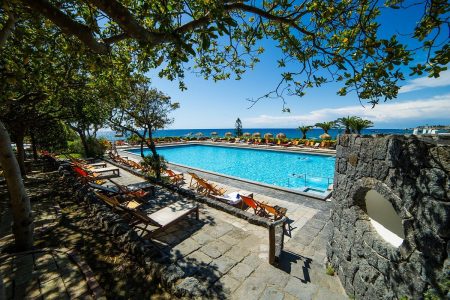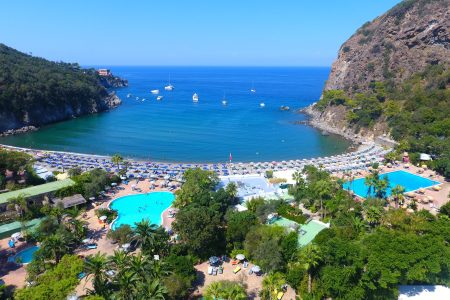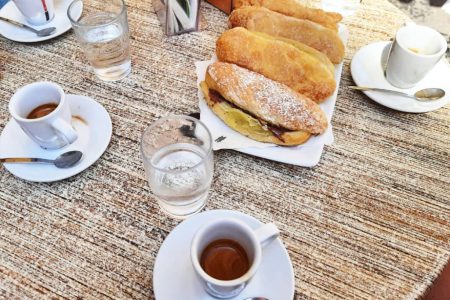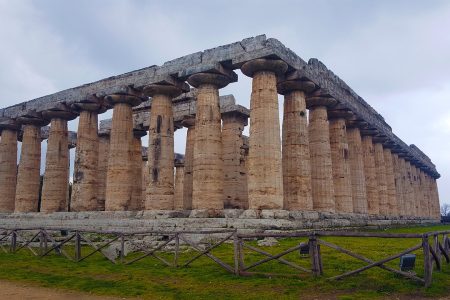L'December 8 is remembered worldwide for the Feast of the Immaculate Conception, but also for being the day that ushers in the beginning of the Christmas period.
Many Italian families, in fact, respect tradition and decide to prepare the 'Christmas tree and the nativity scene precisely on the occasion of this anniversary, except for Milan and the Apulia, where on December 7 and 6, respectively, preparations begin on the occasion of the patron saints St. Ambrose and St. Nicholas.
The Feast of the Immaculate Conception
In defiance of the popular misconception that December 8 is celebrated the conception of Jesus, in fact this day recalls the conception, devoid of original sin, of the Blessed Virgin Mary in the lap of St. Anne's; fu ; fu Pope Pius lX, with the bull "Ineffabilis Deus," to proclaim its validity in 1854.
Although it is a national holiday, this occasion is particularly felt in Naples.
In New Jesus Square, in the heart of the city, every year an important celebration, evidence of the meeting between faith and popular culture: after the Holy Mass, i firefighters, before the city's civil and religious authorities, rise 30 meters above the ground with the telescopic ladder and lay in the hands of the Virgin at the top of the obelisk a bundle of flowers On behalf of the entire city.
The origins of the spire in Jesus Square
L'obelisk, of a nature baroque, is located right in the center of the square where the eponymous Jesus Church.
Thanks to contributions from the people, the spire was erected in Bourbon times at the behest of the Jesuit father Francesco Pepe mid-eighteenth century, designed by Giuseppe Genoino. The obelisk belonged to the so-called insula gesuitica, i.e., the Jesus Company complex, of which the church itself, the Professed House of the Jesuit Fathers, now home to the Eleonora Pimtel Fonseca Institute, and the Palace of Congregations.
The obelisk was erected on the site where an ancient equestrian sculpture dedicated to Philip V, destroyed in 1707 by Austrian troops who invaded the city, decreeing the end of Spanish rule.
On the summit rises the copper statue of Our Lady, which protects the square and surrounding buildings from above. The structure below, on the other hand, is adorned with Latin inscriptions and bas-reliefs depicting episodes of life of Christ linked to the Virgin or statues of saints, including St. Ignatius, St. Francis Borgia, St. Francis Xavier, and St. Francis in Regis.
The Legend of the Double Face of the Virgin
Of great fascination and disquiet is the legend hovering around the statue of Our Lady placed atop the obelisk in the square.
At dusk or dawn, thanks to a careful play of light and shadow, staring from behind at the face of the Immaculata, the veil covering her head appears as the hidden face of a skeletal figure reclines downward, covered by a hood and holding an object resembling a scythe in the hand: the stylized image of the Death.
There are various mysterious hypotheses behind this gloomy optical effect: some ideas are Masonic in origin, others religious, still others believe it was the fruit of the vengeance of the Sanseverino, the owners of the mansion that later became a church, who fell into poverty because they participated in the conspiracy against the King Ferrante of Aragon.
Of rarer credibility because of the geographical location of the cult is the association of the statue with that of the "Santa Muerte“, deities of origin Mexican, often depicted as a skeleton of various colors holding a scythe, a scale, one puppet and a hourglass: these elements indicate the power to be able to control man's life.
This figure wears veils of different colors depending on the problem for which it is invoked. The copper of the Immaculata statue has oxidized taking on a greenish color, the same as the Santa Muerte called upon to solve man's labor problems.
Skeptical or not, at evening dusk go under the spire and try to witness this dark transformation yourself.








0 Comments